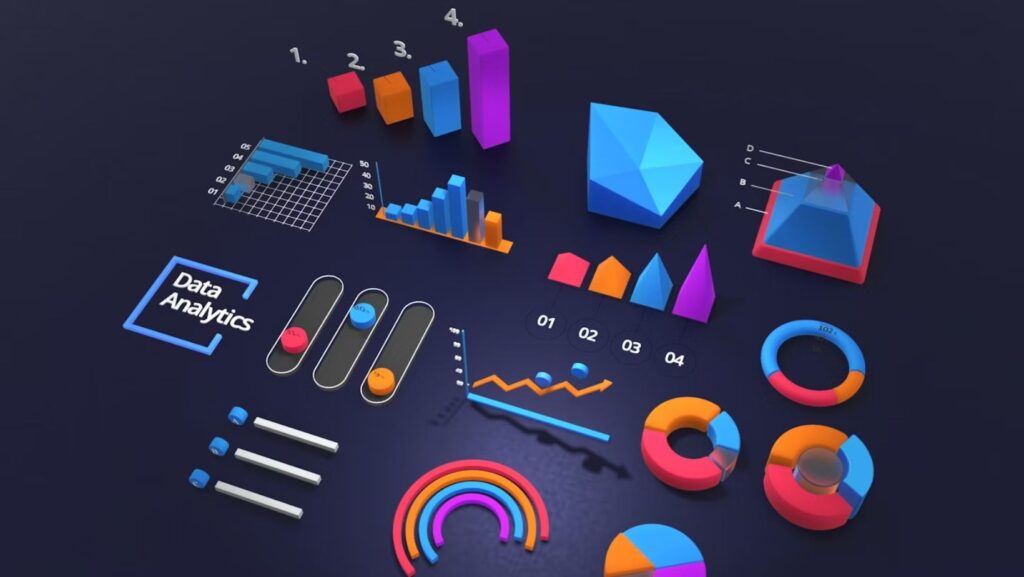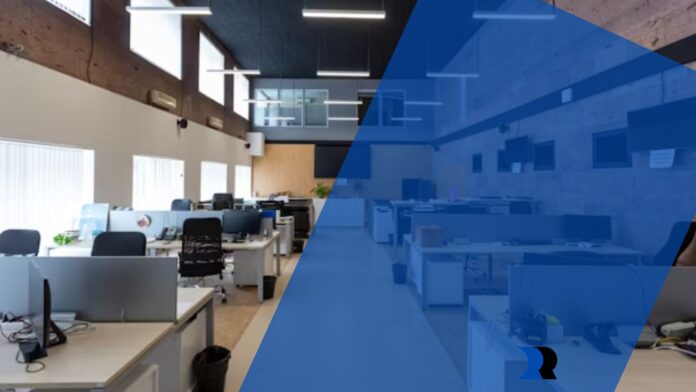Every industry-based business reaches a point where traditional systems begin to limit progress. Processes that once seemed efficient now slow operations, increase downtime, and restrict flexibility. The modern marketplace demands a balance of technology, strategy, and agility. Companies that succeed are those that adapt quickly to new tools, data-driven insights, and process automation. Transformation no longer means small adjustments; it means rethinking every layer of the operation to meet the expectations of customers, employees, and regulators.
This guide explores how firms can embrace change through smarter system management, data utilization, workforce training, and sustainable operations. Each section focuses on actionable approaches that allow businesses to transition from outdated methods to optimized, digitally integrated systems built for longevity and reliability.
Building Reliable Systems through Zero Downtime
No company can afford system interruptions that disrupt production or service delivery. The concept of zero downtime has become a benchmark for operational excellence. It means keeping systems available at all times, even during maintenance, upgrades, or unforeseen disruptions. Achieving this level of reliability requires strategic planning, redundancy, and meticulous execution. A crucial part of this process involves managing software systems that support enterprise operations. When discussing zero downtime, one of the leading options of technological advancement comes through Maximo upgrades, which play a major role in ensuring continuous performance and stable implementation across industrial environments. Integrating new versions of Maximo or migrating from legacy setups can be challenging if handled without precise scheduling and risk assessment. The key lies in a phased approach, where testing, replication, and failover systems guarantee that no single update interrupts daily processes.
Streamlining Operations through Data Integration
A business transformation cannot progress without accurate, accessible data. Fragmented data systems are a common obstacle, preventing leaders from seeing the full picture of their operations. Integrating data across departments provides the clarity needed for quicker decision-making and predictive analysis.
Unified data platforms connect production, maintenance, supply chain, and customer feedback into a single ecosystem. This connection allows patterns to emerge, helping firms anticipate demand, detect inefficiencies, and allocate resources with precision. Predictive analytics can identify equipment failures before they occur, minimizing costly downtime. The value of integrated data lies not only in its availability but in how teams use it to forecast trends and improve outcomes.
Empowering the Workforce through Digital Training
Technology upgrades often fail when employees are not ready to adopt them. Transformation must begin with people. Employees need the skills to interpret data, manage new software tools, and adapt to evolving workflows. Continuous learning programs create a confident workforce capable of handling change.
Digital training platforms provide flexible and interactive ways to teach staff about system management, safety standards, and analytical tools. Training should focus not only on how to use new platforms but also on understanding why they are being implemented. When people see the connection between their daily work and company goals, adoption becomes smoother.
Organizations that invest in employee training often notice an immediate improvement in productivity and morale. Workers feel valued when they are trusted with modern tools and given opportunities to grow their expertise. This creates a culture of innovation, where improvement becomes part of everyday work.
Strengthening Asset Management and Maintenance
Every industrial business relies on assets, machines, infrastructure, and equipment that drive production. Managing these assets effectively determines how efficiently a company operates. Poor maintenance planning leads to breakdowns, waste, and unplanned expenses. A robust asset management strategy ensures that every piece of equipment performs at its best for as long as possible.

Modern asset management platforms allow companies to track performance, predict maintenance needs, and allocate repair schedules without interfering with ongoing operations. Condition monitoring systems provide real-time updates, letting engineers intervene before minor issues become major failures. Preventive and predictive maintenance reduce long-term costs and improve reliability.
Driving Sustainability through Smarter Processes
Sustainability is no longer just about compliance; it is a strategic goal that shapes customer perception and investor confidence. Industrial firms are finding new ways to reduce waste, conserve energy, and make operations cleaner without sacrificing performance. The path toward sustainability often begins with efficiency, cutting down on energy use, minimizing downtime, and optimizing resource allocation.
Digital monitoring tools provide insight into where energy and materials are being wasted. Smart sensors, connected machinery, and automated control systems contribute to leaner production cycles. Beyond cost savings, these efforts demonstrate a commitment to responsible growth. Stakeholders increasingly expect transparency in how companies handle environmental and social responsibilities.
A modern firm is not defined by the machines it operates or the software it installs. It is defined by its ability to evolve, to learn, and to maintain momentum in a world that never stops changing. Transformation is not a destination; it is a commitment to excellence that keeps a company relevant, resilient, and ready for whatever comes next.


